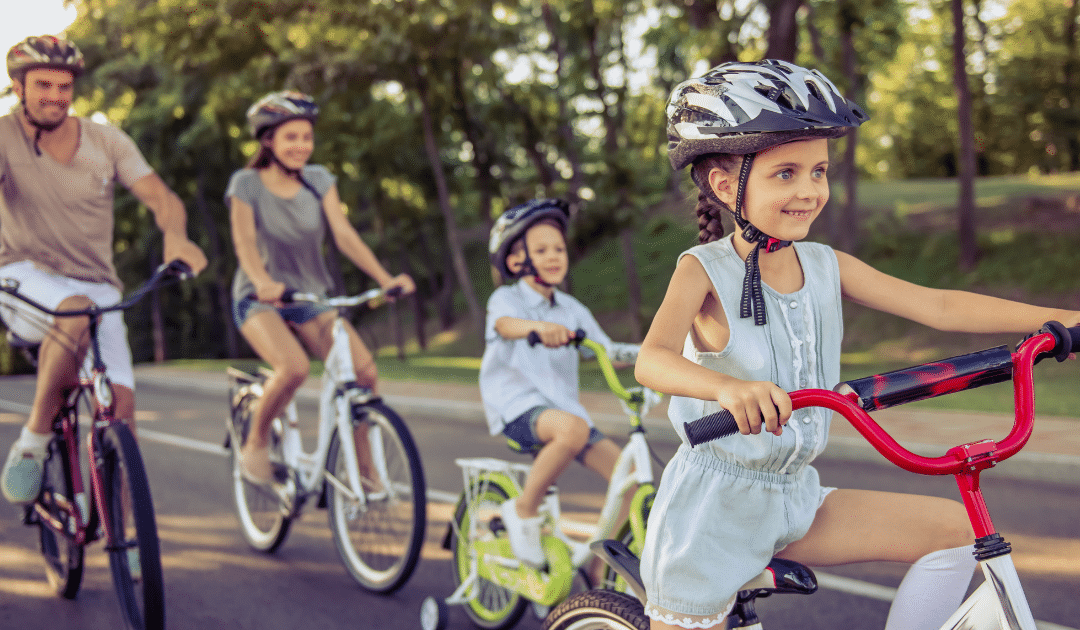As more cyclists (of all ages) take to the road to enjoy the nice weather, now is a great time to brush up on the rules for safely sharing the streets.
Think of bikes as cars, but with fewer safety features. Road hazards such as potholes and debris may cause a cyclist to suddenly swerve, much like if they were driving a vehicle. And although riding on the right side of the lane is preferred for bike traffic, there may be the occasion when cyclists take to the center if road conditions require it.
Understanding cyclists and anticipating their next move will help you safely share the road. Here are some quick safety reminders on driving with cyclists this summer.
1. They have the right to “drive” in your lane, but they also need their space. Always give cyclists the right of way. Be sure to watch your speed compared to theirs. Pass only when there’s ample room (at least 3 feet between you and their bike) and while other vehicles are not approaching.
2. Look for bicyclists everywhere. Cyclists may not be riding where they should be or may be hard to see—especially in poorly lit conditions, including dusk/dawn/night and even in inclement weather.
3. Avoid turning in front of a bicyclist who is traveling on the road or sidewalk, often at an intersection or driveway. An oncoming cyclist may be traveling faster than you think. Drivers turning right on red should look to the right and behind to avoid hitting a bicyclist approaching from the right rear. Stop completely and look left-right-left and behind before turning right on red.
4. Completely stop at red lights or stop signs to let bikers pass or check for unseen bikers. Make eye contact with cyclists at intersections or crosswalks to acknowledge their presence and signal to let them know they are free to pass.
5. Don’t honk at someone on a bike. The noise could startle them, making them lose control of the bike they are riding. If it’s absolutely necessary, do so from a distance and make it a light tap.
6. Take extra precautions if you are sharing the road with children riding their bikes. They are smaller and harder to spot on the road, especially for drivers of bigger cars. Plus, these young bicyclists won’t have the same control over their bikes or know the rules of the road as mature riders.
7. Knowledge of common biking hand signals is a must. These include sticking the left arm straight out to indicate a left turn, holding the left arm up at a 90-degree angle to indicate a right turn, and pointing the left arm down at a 90-degree angle to indicate a stop or slowing down.
Taking extra precautions when you are behind the wheel and understanding a cyclist’s next move can help you avoid an accident. Use these tips this summer to help you both navigate the road ahead safely and seamlessly.
This article is furnished by California Casualty, providing auto and home insurance to educators, law enforcement officers, firefighters, and nurses. Get a quote at 1.866.704.8614 or www.calcas.com.
- Graduation – When to Remove Your Child from Your Auto Policy - May 18, 2023
- How to Prevent Catalytic Converter Theft - May 17, 2023
- How Much Does Home Insurance Cost? - May 17, 2023

